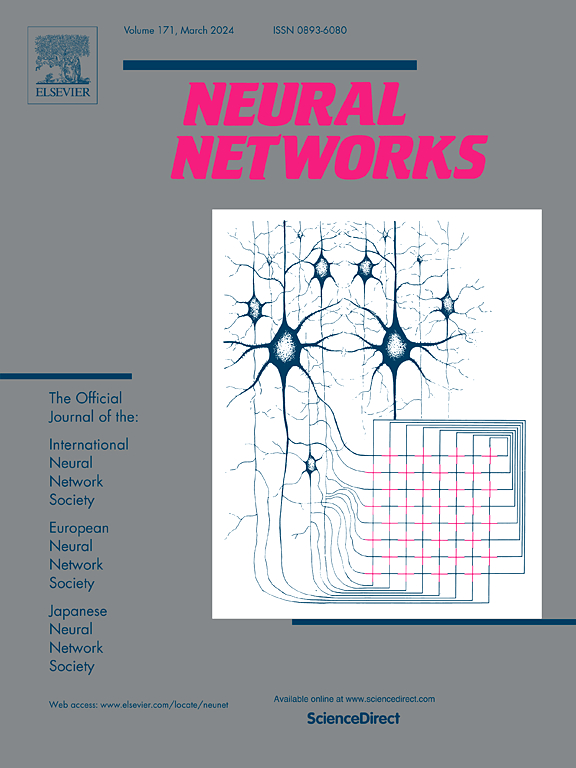Deterministic Autoencoder using Wasserstein loss for tabular data generation
IF 6
1区 计算机科学
Q1 COMPUTER SCIENCE, ARTIFICIAL INTELLIGENCE
引用次数: 0
Abstract
Tabular data generation is a complex task due to its distinctive characteristics and inherent complexities. While Variational Autoencoders have been adapted from the computer vision domain for tabular data synthesis, their reliance on non-deterministic latent space regularization introduces limitations. The stochastic nature of Variational Autoencoders can contribute to collapsed posteriors, yielding suboptimal outcomes and limiting control over the latent space. This characteristic also constrains the exploration of latent space interpolation. To address these challenges, we present the Tabular Wasserstein Autoencoder (TWAE), leveraging the deterministic encoding mechanism of Wasserstein Autoencoders. This characteristic facilitates a deterministic mapping of inputs to latent codes, enhancing the stability and expressiveness of our model’s latent space. This, in turn, enables seamless integration with shallow interpolation mechanisms like the synthetic minority over-sampling technique (SMOTE) within the data generation process via deep learning. Specifically, TWAE is trained once to establish a low-dimensional representation of real data, and various latent interpolation methods efficiently generate synthetic latent points, achieving a balance between accuracy and efficiency. Extensive experiments consistently demonstrate TWAE’s superiority, showcasing its versatility across diverse feature types and dataset sizes. This innovative approach, combining WAE principles with shallow interpolation, effectively leverages SMOTE’s advantages, establishing TWAE as a robust solution for complex tabular data synthesis.
求助全文
约1分钟内获得全文
求助全文
来源期刊

Neural Networks
工程技术-计算机:人工智能
CiteScore
13.90
自引率
7.70%
发文量
425
审稿时长
67 days
期刊介绍:
Neural Networks is a platform that aims to foster an international community of scholars and practitioners interested in neural networks, deep learning, and other approaches to artificial intelligence and machine learning. Our journal invites submissions covering various aspects of neural networks research, from computational neuroscience and cognitive modeling to mathematical analyses and engineering applications. By providing a forum for interdisciplinary discussions between biology and technology, we aim to encourage the development of biologically-inspired artificial intelligence.
 求助内容:
求助内容: 应助结果提醒方式:
应助结果提醒方式:


